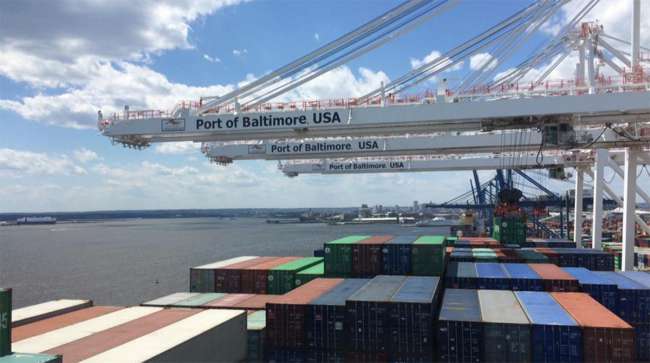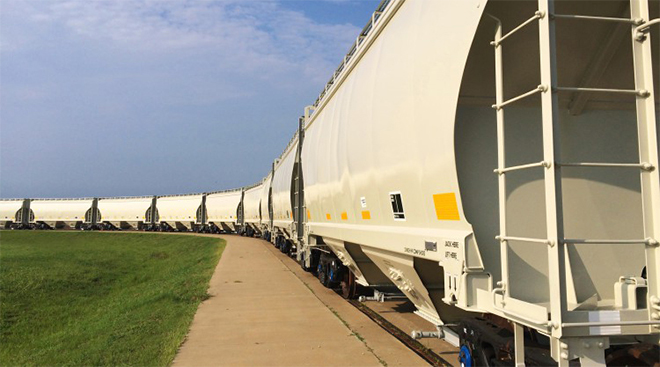Staff Reporter
Transportation Officials Explain Multimodal Funding Options

Ports looking to improve their facilities as well as the roads, tunnels, bridges and rails that link to them may find aid in federal grant programs, according to the U.S. Department of Transportation.
DOT, in a webinar May 22 convened jointly with the American Association of Port Authorities, discussed multimodal funding opportunities.
One opportunity is the Better Utilizing Investments to Leverage Development discretionary grant, or BUILD. The program is meant to serve as a replacement for the Transportation Investment Generating Economic Recovery, or TIGER, program, which was popular with state and local agencies. BUILD grants support road, rail, transit and port projects.

“BUILD grant funding can’t be used for construction of a new wall and fencing, but they do allow more efficient flow of traffic from land ports of entry,” said Robert Mariner, deputy director of DOT’s Office of Infrastructure Finance and Innovation. “You know what your needs are.”
The Consolidate Appropriations Act of 2018 made $1.5 billion available for BUILD grants through September 2020. This amount matches the sum available through TIGER grants, which Congress tripled from an original $500 million.
Like the TIGER program, the BUILD grants require that at least 30% of funds must be awarded to projects in rural areas. Noting that 64% of recent TIGER grants were issued to rural areas, Mariner said entities representing rural communities likely will remain popular applicants under the newly branded program.
DOT is hosting a series of webinars to educate people on how to compete for BUILD grants. Interested groups must submit applications for BUILD grants before July 19.
Another funding option is the Federal Railroad Administration’s Consolidated Rail Infrastructure and Safety Improvements program that supports safety projects for passenger and freight rail. Some $65 million is available through this program, applications for which are due June 21.

The Federal Railroad Administration’s Consolidated Rail Infrastructure and Safety Improvements program supports safety projects for passenger and freight rail.(FreightCar America)
Applicants for these grants can be public agencies or publicly chartered authorities, and Frances Bourne, who leads policy at FRA’s National Rail Policy and Planning division, mentioned that some ports fall into this category. She said interested parties need to disclose sources of private sector and local funding, and also must perform a cost-benefit analysis of their projects.
Stephen O’Connor, freight policy division chief for FRA’s Office of Policy and Planning, instructed applicants to document assumptions and alternatives relating to their projects. He said applicants should develop blueprints indicating what their area would look like in the future with and without their project.
“This is a critical piece to the overall analysis,” O’Connor said. “What does the future look like if you do not do this project?”
A third funding option is DOT’s Infrastructure for Rebuilding America (INFRA) grant program, which offers funding for roads and bridges.
John Young, director of Freight and Surface Transportation Policy for AAPA, said that the organization laid out a $66 billion investment plan for infrastructure needs relating to waterside and landside projects about six months ago. This plan includes building rail connectors and improving port facilities themselves. A multimodal focus necessitates diversity of projects, from rail and tunnels to barges, according to Young.
“We have our hands in a lot of different pots of infrastructure,” Young said. “These projects are not simple.”
The joint webinar comes less than a week after AAPA released its third annual State of Freight report. The report projects that more than $20 billion will be needed for multimodal port and rail access projects in the next decade.




